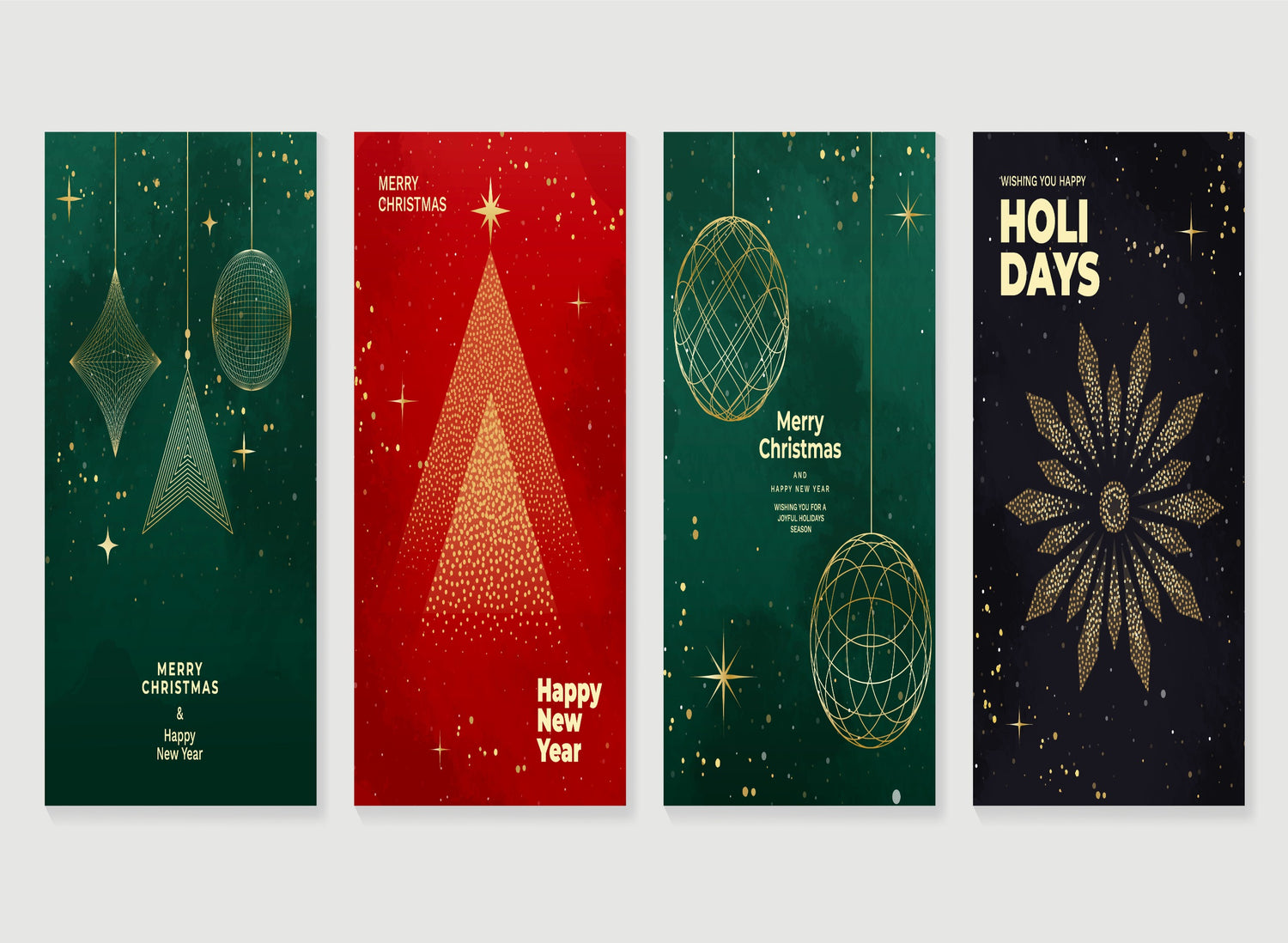In a time when the market is overflowing with items competing for recognition, the physical sensation of packaging evolves to be more than just a component of the product. It becomes an integral part of the user experience. As we move through stores or browse online, our senses significantly influence our decisions, usually without us realizing it. Touch, in particular, stands out for its ability to turn ordinary experiences into lasting impressions. This insight has led to an innovative frontier in packaging design: the strategic incorporation of texture.
How Texture Affects Product Perception
Texture in packaging is far from superficial; it’s a silent communicator, conveying messages that transcend words or visuals. Smooth textures whisper of sophistication and a completeness that resonates on a universal level, eliciting a sense of reliability and quality. On the flip side, rough textures tell a different story, one that’s rich with diversity and personal resonance. The correlation between touch and product perception is complex, whereby the same texture can evoke varied reactions based on personal histories and experiences.
Various research has revealed the depth of this interaction, illustrating how the feel of a package can influence our perception of what’s inside. Studies have found that the texture of a product’s packaging can alter our expectations and experiences of taste. This fascinating cross-modal relationship highlights the untapped potential of textured packaging in steering consumer preferences and, ultimately, purchasing decisions.
Elevating Brand Experience with Multi-Sensory Packaging
In an effort to distinguish themselves in a dense market, numerous brands have opted to tap into the sensory aspects of packaging. The addition of elements such as soft-touch layers, intricate embossing, and raised UV finishes transforms packaging into a call to action—encouraging consumers to reach out, feel, and immerse in the experience. These tactile innovations serve not just to attract but to create an immersive brand experience that lingers in memory far longer than visual cues alone.
The sensory journey doesn’t stop with touch. By integrating scent and sound, companies are able to create a holistic sensory experience that establishes a more profound and emotional bond with their audience. Such multi-sensory interactions are crucial in developing brand loyalty, turning brief interactions into enduring connections.
Increasing Engagement and Perceived Value
The popularization of textured packaging has enabled its spread beyond the luxury market, introducing a tactile dimension to a wide array of products. This sensory expansion serves a dual purpose: elevating consumer engagement and enhancing perceived value. Engaging multiple senses in packaging design not only sets a brand apart but also enriches the consumer’s interaction with the product.
Employing embossing, texturing, and similar tactile methods goes beyond mere visual appeal; they reflect diligence, superior quality, and detailed consideration. When expertly executed, these features can greatly enhance a product’s perceived value to consumers, thus fostering engagement and possibly increasing sales.
Bottom Line
The exploration into textured packaging unveils a domain where touch, taste, and brand identity intertwine, offering a multidimensional approach to consumer engagement. This tactile revolution transcends the traditional boundaries of packaging design, inviting brands to weave sensory experiences that captivate, delight, and last. As we move forward, the ability to harness the nuanced power of texture will not only differentiate products but elevate them, creating a tactile dialogue between brand and consumer that resonates beyond the shelf.














Leave a comment
All comments are moderated before being published.
This site is protected by reCAPTCHA and the Google Privacy Policy and Terms of Service apply.